Tibet has hundreds of lakes with unique geographical features. In addition, many of the lakes are sacred to Tibetans. According to their own beliefs, each lake has mythical stories and evidence of its sacredness. Some lakes carry folk tales and fairytale stories.
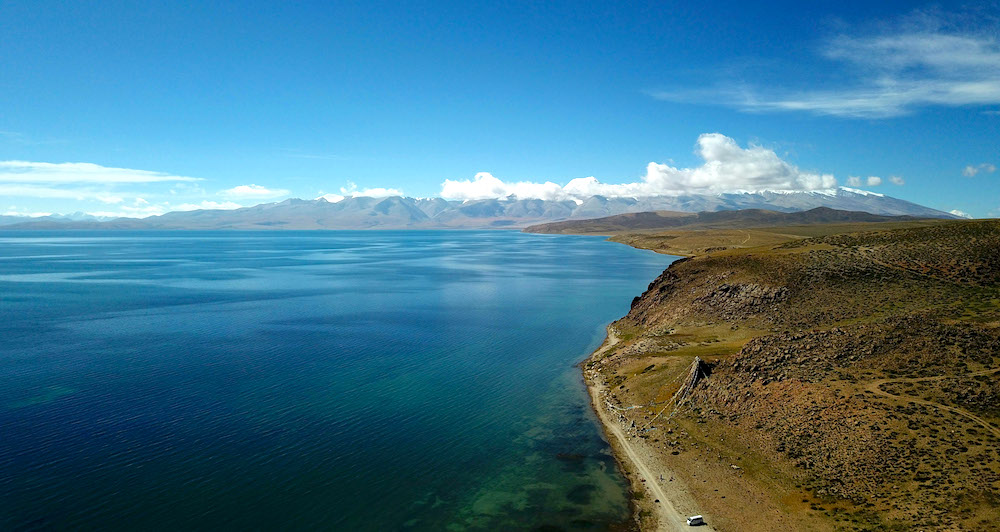
There are several types of lakes, such as salt lakes, freshwater lakes, glacial lakes, and barrier lakes. The biggest salt lake in the Tibetan region is Tso Ngonpo or Kokonor Lake. This is located in Qinghai Province (Amdo region in earlier days). The biggest freshwater lake in Tibet is Mansarovar Lake which is situated in the Tibetan Autonomous Region. These lakes are immaculate and fresh. There are many lakes considered holy by Tibetan Buddhists. However, the most sacred lakes are Yamdrok Lake, Namtso Lake, Manasarovar Lake, Lhamo Lhatso, Basum Lake, Maphang Yutso, and more.
The most sacred lakes in Tibet
Yamdrok Lake
Yamdrok Lake is situated in the Tibetan Autonomous Region. It is one of the largest freshwater lakes in Tibet and is elevated at 2,500 meters above sea level. The lake is surrounded by snow-capped mountains. It is the prettiest lake in the world. The lake scenery is spectacular. The color of the lake is deep blue from a distance, but when you are close to it, it’s just clear. The lake’s shape is like an earring.
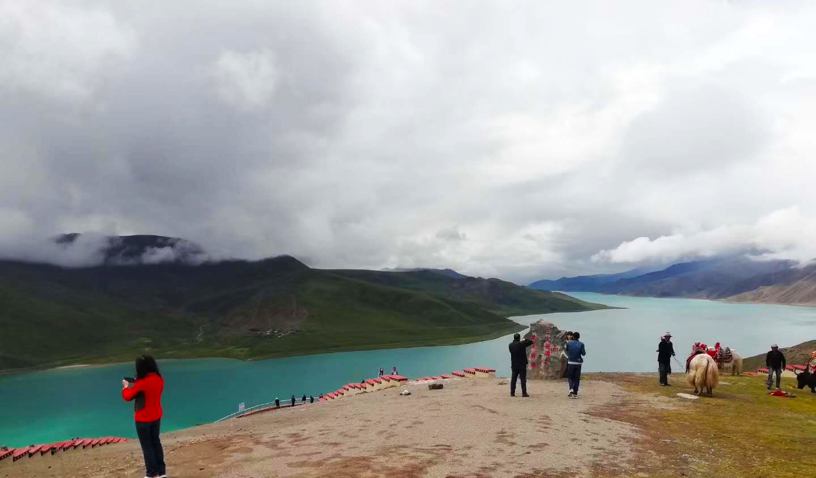
It is one of the most sacred lakes in Tibet and Tibetans believe it is the transformation of many goddesses. Some Tibetans revealed that after meditating and offering prayers for weeks at the lake, one might be able to see one’s imminent death from the lake. In summer, the lake landscape is gorgeous and the weather conditions are relatively mild. Every year many pilgrims from all over the Tibetan region visit the lake.
Namtso Lake
Namtso Lake is located near Damxung County and is about 260 km from Lhasa City. Tibetans call it Sky Lake, but locals believe it is a heavenly lake. It is around 1,940 square kilometers long and 30 km wide, covering approximately 1,940 square kilometers.
It is the second-largest salt lake in the Tibetan region. The southern part of the lake is encompassed by the famous mountain range Nyanchen Thangla. In other parts, the lake is covered with grassland plateaus and hills.
In winter, it becomes a frozen lake and pilgrims walk across it. In the springtime, the lake glistens in the sun, reflecting the bright blue sky and the snow-capped Himalayan mountains in the distance. The lake is surrounded by rolling hills and meadows, which are filled with a variety of wildflowers, giving the landscape a wonderful pop of color.
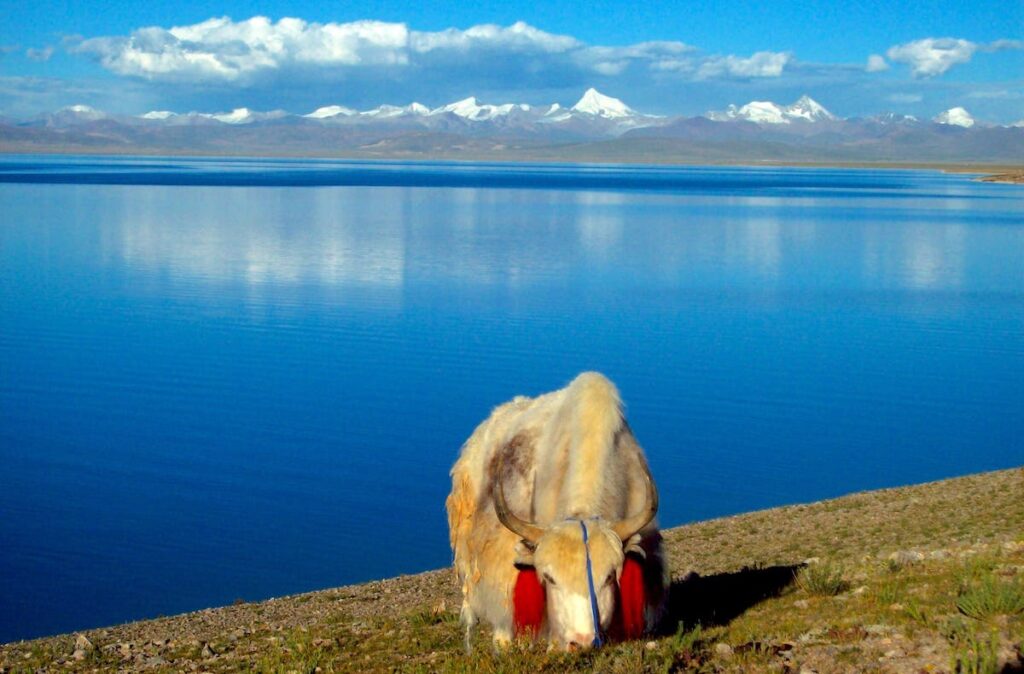
As the summer months arrive, the lake comes alive with migratory birds from all over the world. Black-neck cranes, ducks, and geese are just some of the birds that can be seen gliding over the tranquil waters of the lake. The surrounding hills and meadows are also filled with life, with colorful butterflies fluttering in the air and grazing yaks and horses roaming the land.
In autumn, the lake view is wonderful. It is completely blue and surrounded by green grassland. It is one of the most suitable retreat places for Buddhist monks. Every year hundreds of pilgrims visit to pay homage and do kora around the lake.
Manasarovar Lake
Manasarovar Lake is also known as Mapham Yutso in Tibetan. It is located in Ngari County of the Tibetan Autonomous Region. It lies 4,556 m above sea level. Manasarovar Lake is the highest freshwater lake in the world. It is situated at the base of Mt. Kailash. It is considered a holy lake by Tibetans, Indians, and other neighboring countries. Upon finishing the pilgrimage around Mount Mount, the pilgrims believe that they will be blessed. Kailash and taking a bath in the lake would wash away all sins.
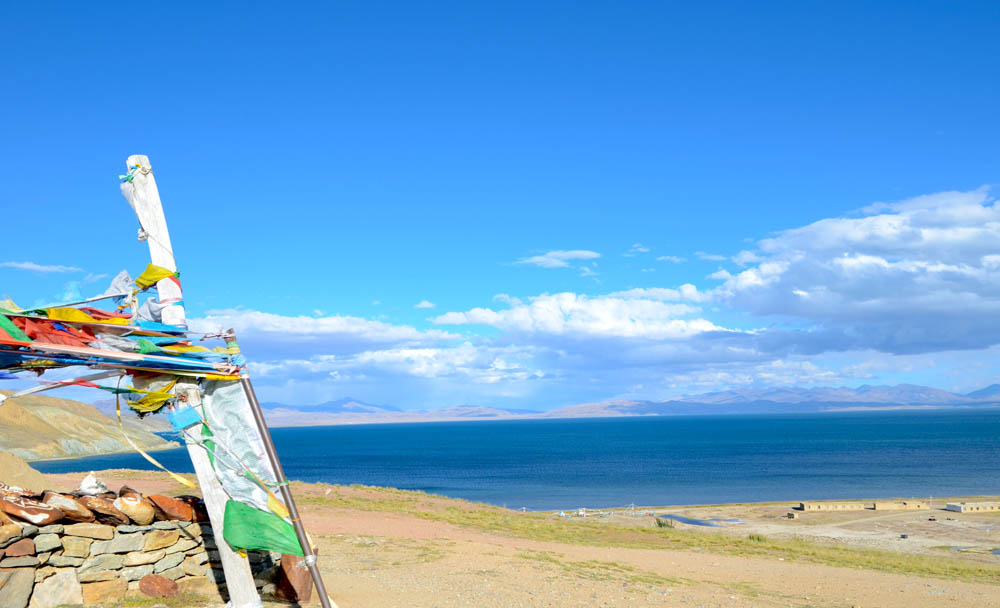
Every year thousands of pilgrims and tourists visit Lake Manasarovar and Mt. Kailash. It is one of Tibet’s most visited places. It is quite far from Lhasa City and most pilgrims and tourists camp around the lake. The lake and majestic Mount Kailash landscape are truly breathtaking. It is truly worth visiting there.
Basum Lake
Basum Lake is located in the Nyingtri prefecture of the Tibetan Autonomous Region. It is situated at an altitude of 3,650 meters above sea level. It is also known as Draksum Tso which means Three Rocky Lakes in Tibetan. It has a 16km length and 3km width. The lake’s average depth is 90 meters.
There are a few mythical stories about the lake, and local Tibetans believe it to be a sacred lake because it has a small island called Tashi Island. There is a very old and small Nyingmapa sacred chapel.
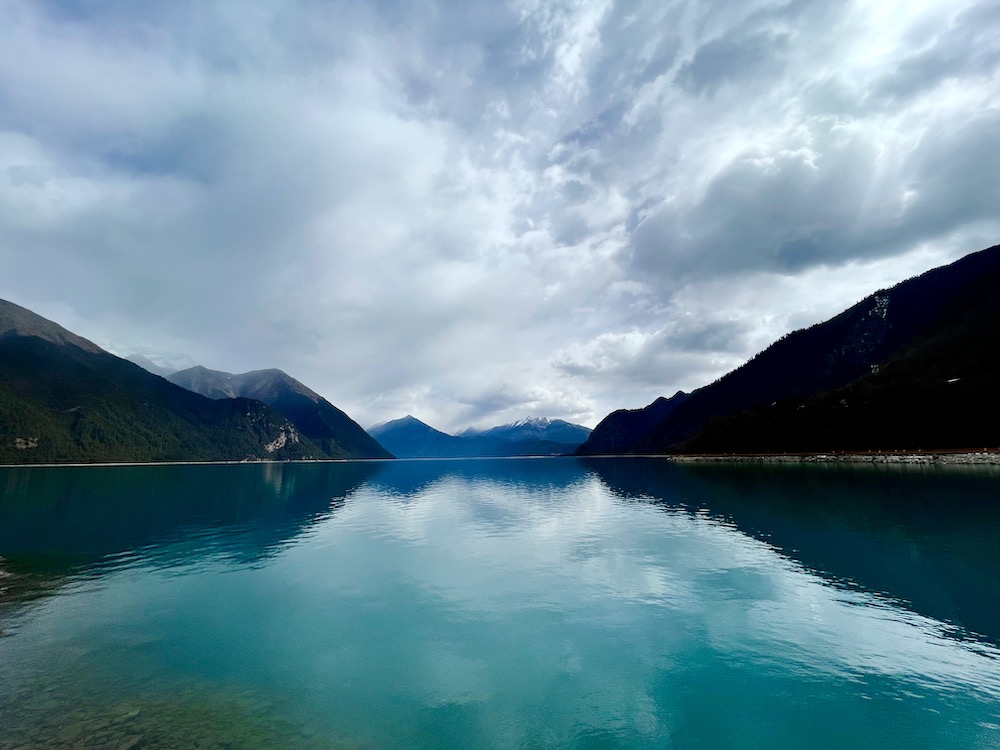
The lake and its surroundings are stunning landscapes. Basum Lake is encircled by snow-capped mountains, hills, and forests. There are many fish and wild animals around the lake. Every year hundreds of tourists and pilgrims visit the lake. It is one of the most popular places for trekkers and hikers.
Lhamo Latso Lake
In Tibetan Buddhism, Lhamo Latso is named after Palden Lhamo, a goddess of immortal protection. It is also known as the Tibetan Oracle, which protects Tibetan Buddhists. Lhamo Lhatso Lake is situated in Gyaca County of Lhoka Province, Tibetan Autonomous Region, approximately 160km from Lhasa City. It is elevated at 5,300 meters above sea level and covers over 2 square kilometers.
It is considered the most sacred lake in the Tibetan region. In 1935, the search party for the reincarnation of the 13th Dalai Lama received a clear vision of three Tibetan Letters ‘A KA MA’ from the lake. This led to the discovery of Tenzin Gyatso the 14th Dalai Lama.
Tibetans believe that after fasting for a week and ceasing to talk, they will receive a revelation of their future in the lake mirror. The pilgrimage around Lhamo Lhatso Lake attracts many pilgrims each year.
Lake Rakshastal
Finally, Lake Rakshastal is located at an elevation of 4,575m, it is a saltwater lake that is known for its strong winds and beautiful scenery. It is believed to be the birthplace of the god Brahma and is considered to be a place of power and protection for those who visit it.
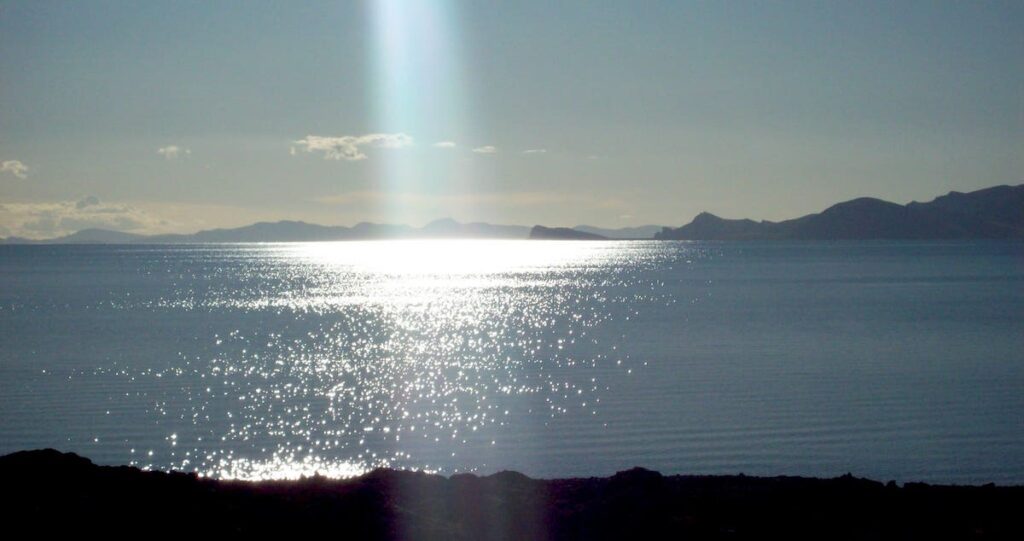
The lake is surrounded by a number of sacred sites and ancient temples. One of the most important temples is the Shiwuxi Temple, which was built in the 8th century. This temple is decorated with colorful murals and houses a number of ancient statues and artifacts.
In conclusion, Tibet’s many sacred lakes are some of the most beautiful and powerful places in the world. Each lake has its own unique history and power that can be felt by those who visit them. Whether you are a believer in the power of the sacred lakes or just looking for a breathtaking view, these lakes are sure to leave you with a feeling of awe and wonder.

[…] in the world. Many tourists come to Tibet specifically to visit Everest Base Camp, which provides stunning views of the mountain and the surrounding Himalayan […]
[…] Namtso, one of the highest saltwater lakes in the world, is a place of unparalleled natural beauty. With its crystal-clear waters, snow-capped peaks, and […]
[…] The lake is surrounded by snow-capped mountains and is considered one of the most beautiful lakes in Tibet. Take a boat ride on the lake to experience its tranquil […]
[…] Lake in Tibet is a unique and sacred site that holds immense cultural and religious significance for Hindus, […]
[…] addition to its cultural attractions, Tibet also boasts stunning natural landscapes. Namtso Lake, one of the highest lakes in the world, is known for its crystal-clear turquoise waters and […]
[…] a visit to Yamdrok Lake in Tibet is a truly unforgettable experience. Its natural beauty, spiritual significance, and opportunities […]
[…] in Tibetan folklore. It is believed to be a sacred lake and is considered one of the four holy lakes of Tibet. According to legend, it is said that the lake is the transformation of a goddess and is closely […]